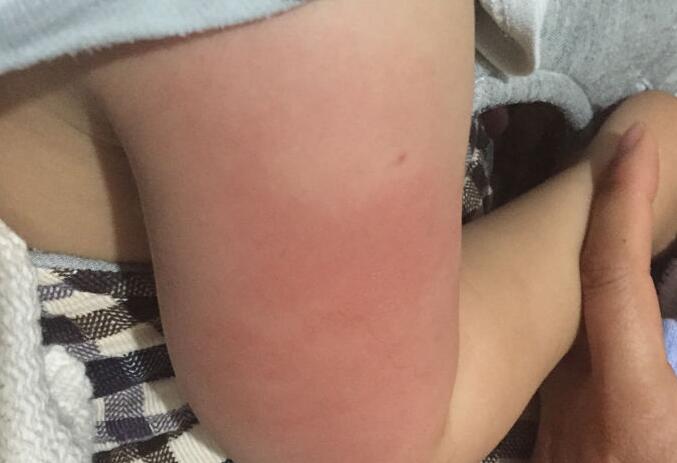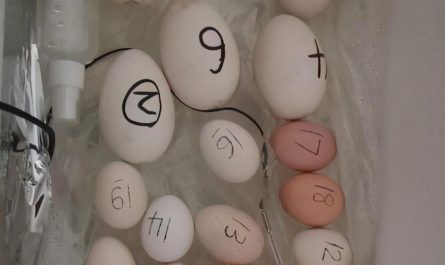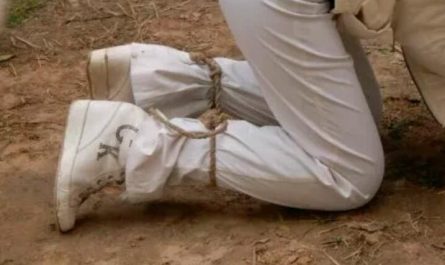As the magical 2020 draws to a close, the long-awaited new crown vaccine has finally arrived. This should indeed be regarded as the biggest good news in the past year. According to data released by the World Health Organization, more than 40 countries around the world have begun to receive the new crown vaccine.
A question that had troubled me for many years suddenly popped up in my mind: Why should the vaccine be shot on the arm?
In my memory, except for the sugar pill vaccine (poliomyelitis vaccine), which is eaten, most of the vaccinations are very particular about the vaccination, especially the site of the vaccination. It must be hit on the arm, and it must have a name and a surname. On the deltoid muscle (infants and young children are on the thigh, as explained below).
Have you ever wondered why this is? Are your hands and butt so unwelcome?
What are the injection methods?
To understand these issues, we must first understand what are the common injection methods.
Experienced friends, I must have experienced these injection methods, they mainly include intravenous injection, subcutaneous injection and intramuscular injection.
Intravenous injection is easy to understand. It is a medical method in which liquid substances such as blood, medicinal solution, and nutrient solution are injected directly into the vein. It can be divided into transient and continuous. The former is directly injected into the vein with a syringe, as shown in the figure above, the latter is generally used to inject a relatively large amount of liquid medicine, which is implemented by intravenous drip, which is commonly known as “drip.”
The common intravenous injection sites are the expensive veins of the elbow, median vein, cephalic vein, or superficial veins on the back of the hands, back of feet, and ankles. The biggest advantage of this injection method is that it can directly inject the drug into the circulatory system, so the effect is the fastest.
Subcutaneous injection is the injection of medicine into the fat layer between the skin and muscle. There are few blood vessels here, so the purpose of injecting drugs in this way is to allow slow and continuous absorption of the drugs.
Insulin, which we usually know well, is injected subcutaneously. In addition, drugs with too large molecular weight such as monoclonal antibodies and heparin cannot be absorbed by the intestinal tract through oral administration. Subcutaneous injections are usually used.
Common sites for subcutaneous injection are the outer upper arm, abdomen, front of the thigh, and upper back.
Front and rear schematic diagram of subcutaneous injection site Source: Wiki Front and rear schematic diagram of subcutaneous injection site Source: wiki
Intramuscular injection is a commonly used method of administration. The blood vessels in the muscle are larger and richer than the subcutaneous tissue. The drugs injected here are usually absorbed by the blood quickly. Therefore, intramuscular injection is generally used when intravenous injection is not suitable, but it needs to be more effective than subcutaneous injection.
Common intramuscular injection sites include the deltoid muscles of the upper arm and the gluteal muscles of the buttocks, and the lateral thigh muscle is commonly used by babies.
Why not intravenous injection that works faster?
Since among these three types of injection methods, the fastest effective is intravenous injection, and our purpose of vaccination is nothing more than to produce antibodies against a certain pathogen in the body as soon as possible, so that if you really encounter this kind of pathogen in the future , The body can react immediately to eliminate pathogens, so why is the vaccination never considered intravenous?
Presumably this problem is also troubled by many people. In fact, this is related to the working principle of vaccines and the existence of non-specific immunity (innate immunity) in our body.
As we all know, the working principle of vaccines is to inject pathogens into the body, and by activating the immune system, it learns how to fight pathogens.
This principle seems simple, but in fact the intermediate process is very complicated, and for the process to proceed smoothly, there must be a prerequisite, which is to ensure that the vaccine cannot be eliminated by our non-specific immune cells. Once cleared, the vaccine will not be effective.
The disadvantage of direct intravenous injection lies in the absence of this precondition.
Think about it carefully, whether it’s a live vaccine or a dead vaccine, it can be regarded as an antigen. We must know that our blood is full of non-specific immune cells. Directly injected intravenously, the vaccine will be cleared by these cells in a small amount before being recognized by B lymphocytes and producing antibodies. In this way, the immune response produced by the vaccine will be greatly reduced, and the utility value of the vaccine will be greatly impaired.
And if the vaccine is injected into the muscle, the risk in this area is reduced.
There are cells in the muscles necessary to trigger an immune response-antigen presenting cells. After the vaccine is injected into the muscle, it will recruit dendritic cells, which are the body’s most powerful full-time antigen presenting cells. It will efficiently ingest, process and present antigens (vaccine) and transfer them to the immune system. The large collection point of the system-the lymph node.
There, the antigen presented by dendritic cells will meet T cells and B cells that help us defend against specific pathogens. T cells dominate cellular immunity, while B cells exert humoral immunity and produce antibodies.
At this point, the vaccine has completed its mission and played its value. In this way, when the real pathogen invades the human body next time, the relevant antibodies can help the immune system to fight the pathogen and prevent the occurrence of disease.
In addition to this reason, the vaccine has an advantage in the muscles, which is that it has fewer side effects.
In fact, most vaccines are composed of two parts, one is the main component antigen, and the other is the auxiliary component adjuvant. The presence of adjuvants is very important for vaccines. It can induce long-term and high-efficiency specific immune responses in the body, improve the body’s protective ability, and at the same time reduce the amount of immune substances and reduce the production cost of vaccines.
But absolutely safe adjuvants do not exist, and they also have certain side effects, for example, they may cause systemic inflammation. However, studies have shown that the side effects of most adjuvants in muscles are far less than those of intravenous injection.
In 2000, “British Medical Journal” magazine specially reported an article “The importance of intramuscular vaccine injection”, which mentioned a set of data: in a group of 26294 adults, 46% of them had received at least one Intramuscular injection, only 48 people (0.4%) had local adverse reactions.
This also shows that serious adverse reactions to intramuscular vaccines are actually rare.
In summary, intramuscular injection is indeed better than intravenous injection.
Why not on the ass?
However, intramuscular injection is not possible with any muscle. The anatomy of the injection site will also affect the effectiveness of the vaccine.
There are three main reasons why we choose the vaccine to hit the deltoid muscle instead of the gluteal muscle.
First of all, there are more fat tissues in the buttocks. You should undoubtedly know this. You can pat your buttocks and squeeze your arms. With more fat layers, blood circulation will be poor, which affects the absorption of the vaccine and the exertion of the immune effect.
In 1989, a study on the preferred injection site for hepatitis B vaccine showed that the positive conversion rate of antibodies injected into the deltoid muscle was much higher than that of the hip intramuscular injection.
The results of another rabies vaccine study also showed that the antibody titer produced by intramuscular injection into the deltoid muscle was high, while the antibody titer produced by intramuscular injection into the hip was low.
Generally speaking, the deltoid muscle is used for small-dose injections, while the gluteal muscles are suitable for large-dose or irritating drug injections, such as antibiotics, sedatives, and antiemetics. The injection dose of the vaccine is generally small. For example, the dose of the new crown vaccine is 0.5ml, and the deltoid muscle is more suitable.
The last point is convenience. There is no need to explain this point, as everyone must understand, this improves efficiency and is very conducive to group injections.
However, for infants and young children, the best place for infants to be vaccinated is not the deltoid muscle, but the lateral femoral muscle on the outside of the thigh.
This is because for infants and young children, the deltoid muscle of the upper arm is not strong, and the injection site is relatively small, which is not easy to confirm in appearance. If the deltoid muscle is not selected accurately, it is easy to cause abnormal reactions such as induration at the injection site.
Compared with the deltoid muscle, the lateral femoris muscles of infants and young children are richer, more maneuverable, and rich in blood circulation, so the vaccine can be fully absorbed.






